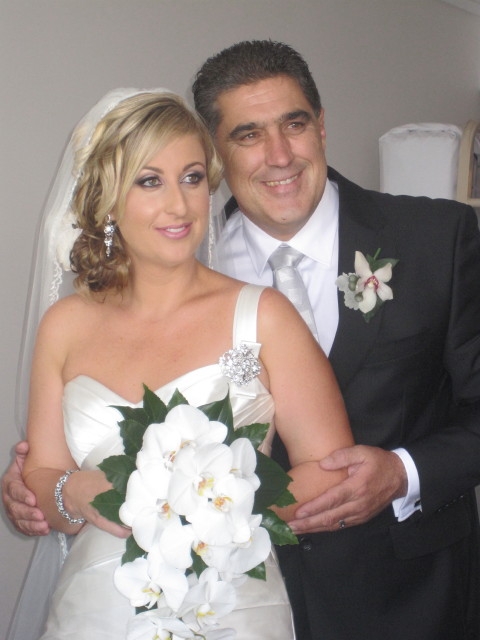In-house asset rules and Self Managed Superannuation Funds
In 1999, changes to the in-house asset rules applying to regulated superannuation funds, including SMSF's, were legislated. The ten-year transition period that applies to some of these changes expires on 30 June 2009, and if they haven't done so already, SMSF trustees need to ensure that their fund complies with the new standards after that date. Trustees need to identify whether their funds are affected by the expiration of the transition period and, if so, implement strategies that can be used to effectively address the situation.
What is an in-hosue asset rule?
The basic definition of an in-house asset in the SIS Act is:
- an investment in or a loan to a related party of the fund;
- an investment in a related trust of the fund; or
- an asset of the fund that is subject to a lease or lease arrangement between the trustee of the fund and a related party of the fund.
A related party is classified as a member of the fund, a standard employer-sponsor of the fund, and Part 8 associates - the latter is a broad category that captures SMSF trustees, relatives of members and any entity such as trust or companies that those people control either individually or as a group.
In-house asset test rules
Under the in-house asset test rules, a superannuation fund can invest no more than 5% of the total market value of its assets in in-house assets. Some of the most common in-house assets are shares in related companies or units in unit trust arrangements. SMSF trustees have to ensure that they comply with the law and manage their fund prudently. It is most important to know the rules to prevent breaching regulations.
The ratio of in-house assets is continuously measured - the value of total assets and any in-house assets are taken into account both at acquisition and at the end of each financial year. While entering into a lease arrangement of purchasing an asset may not breach the limits at acquisition, changes in the market value of that particular asset or the change in the other assets of the fund may result in the 5% limit being exceeded.
If trustees breach the in-house asset rules, including allowing the fund to hold in-house assets with a value of more than 5% of the market value of the fund's total assets, they risk:
- the fund being made non-compliant
- a range of penalties
- an inability to purchase further in-house assets
- disqualification
- prosecution.
Key provisions of the transition period
Before 1999 only investments in and loans to standard employer-sponsors and their associates were included in the definition of in-house assets for an SMSF. Legisltiton passed in December 1999, which largely applied from 11 August 1999, restricted related party investments for SMSF's. The Government recognised that the 1999 changes were liekly to have a severe impact on arrangements already in place at that time, and allowed 'grandfathering' as well as a transitional period for certain structures, which will expire on 30 June 2009.
One of the grandfathering provisions allows assets that were held, or which were subject to contracts, loan arrangements or leases which existed before 11 August 1999, to continue unaffected by the changes. Consequently such arrangements are not in-house assets. This rule continues to apply. Three further transition provisions that expire on 30 June 2009 are:
- additional units to replace debt;
- additional payments on partly paid shares and units;
- reinvestment of income [from a related party].
What next?
The penalties for non-compliance can be considerable: loss of complying status for the fund can result in taxes on the value of the fund's assets and ongoing income tax at 45%. Effective monitoring of asset levels can be done via an in-house asset register. Trying to get around the in-house asset provisions is not suggested as the in-house asset rules have a very broad all-encompassing anti-avoidance provision, with the ATO given deeming power.
With the 30 June 2009 deadline looming, trustees who have investments in related unit trusts, or companies that have outstanding borrowings, need to review their position immediately. The date of 11 August 1999 is critical in your review of in-house assets held in your SMSF. You should discuss your SMSF assets with your accountant or taxation adviser immediately and identify any assets that may fall within the in-house asset test which will be impacted by the changes expiring on 30 June 2009. After 30 June 2009, you will no longer have the opportunity that is available at the moment to review your assets and maximise the position of any in-house assets that your fund may hold.
Our financial advisers at Taggart Nominees Pty Ltd would be happy to speak to you further about your SMSF, or review your asset schedule in conjunction with your accountant. Please contact our office on (02) 9894 9155 or by email to taggart@taggartgroup.com.au.
References: Kaplan Education Pty Ltd March 2009 PD Sessions.
Disclaimer:This publication is intended to provide genreal information only and has been prepared without taking into account any particular persons objectives, financial situation or needs. You should consider the appropriatness of this information to your particular circumstances before acting on this information.

